How to Create Better Field Documentation with Restoration Apps
June 15, 2025 •Liam Reiser

Field documentation is the foundation of every successful restoration job. It captures what happened, who was involved, and how problems were resolved. Yet, many restoration contractors still depend on outdated methods like paper forms or disconnected apps. These obsolete tools often create communication gaps, slow down claims, and expose the business to risk.
Modern restoration apps, including restoration industry-specific platforms like Xcelerate, provide contractors with tools to document work accurately, instantly, and from anywhere. This article explores why strong documentation matters, common challenges contractors face, how apps improve workflows, and why Xcelerate stands out in the market.
The Importance of Accurate Field Documentation in Property Restoration
In restoration, everything hinges on the quality of documentation. It's not just about keeping records — it's about protecting your business, supporting your team, and earning trust with clients and insurers.
Supporting Insurance Claims
Insurance companies need proof of damage, scope, and completion before they issue payment. Without detailed documentation, delays or disputes are likely. Restoration apps help capture:
-
Before and after photos
-
Moisture logs and mitigation steps
-
Change orders and customer approvals
-
Time and material records
With these assets stored in one system, contractors can submit complete, verifiable claims faster.
Minimizing Legal Risk
In situations where a job is disputed — whether it's about quality, timing, or liability — the side with the clearest documentation often wins. Time-stamped photos, signed documents, and job notes can demonstrate that your team followed best practices and responded appropriately.
Improving Internal Efficiency
Good documentation reduces confusion. When field techs and office staff are aligned on what’s happening, there’s less rework, fewer missed steps, and better communication. It also supports better decision-making because managers can see real-time progress and adjust schedules or resources as needed.
Common Documentation Challenges for Restoration Contractors
Many contractors face avoidable problems with documentation because of tools that weren’t built for restoration or aren’t integrated properly.
Disconnected Systems
Using separate apps for photos, time tracking, forms, and notes leads to fragmented information. Data is stored in different places, requiring manual uploads or double entry. This increases the chance of errors, omissions, and wasted time.
Paper-Based Forms
Paper forms are easy to misplace or damage. They can’t be updated in real time and often require scanning or manual data entry to be useful. This slows down the office and creates delays in invoicing or claim submission.
Limited Insights and Visibility Across Teams
When documentation lives in someone’s personal device or notebook, the rest of the team is left guessing. Project managers, admins, and owners need real-time insight into field activity to manage jobs effectively.
Lost or Incomplete Records
If documentation isn’t captured immediately on-site, it may never be recorded correctly. Memory fades, photos get skipped, and key steps go undocumented. This creates risk for compliance, billing, and reputation.
Software Solutions: How Restoration Apps Improve Field Documentation
Restoration apps solve these issues by bringing everything into a centralized, mobile-friendly platform. Here’s what modern apps offer:
Real-Time Data Capture
Instead of waiting until the end of the day to upload information, field techs can record job updates, take photos, or complete forms directly from their phone. This keeps data accurate and current, eliminating the bottleneck of end-of-day paperwork.
Cloud-Based Access
Data is stored securely in the cloud, not on individual devices. This means office staff and managers can access records from anywhere, at any time. It also protects against loss if a device is damaged or lost.
Photo and Video Documentation
Apps allow users to take photos and videos directly within the platform. These are automatically tagged with time, date, and job information, which keeps everything organized and searchable.
Digital Forms and Custom Checklists
Field teams can complete digital forms on-site, following checklists that standardize processes and ensure consistency across every project. These forms can be customized by job type, regulatory needs, or internal SOPs.
Signature Collection
Most restoration jobs require signed work authorizations, approvals for change orders, and confirmation of completion. Restoration apps make it easy to collect digital signatures in the field, with timestamps and job IDs attached.
Introducing Xcelerate: Built for Restoration Professionals
Not all restoration industry software apps are created equal. Xcelerate Restoration Software is designed specifically for restoration businesses. It combines core features like job management, documentation, and time tracking into one user-friendly system.
Here’s how Xcelerate supports better field documentation:
Mobile Job Management
Xcelerate allows technicians to access and update job files directly from their mobile devices. This ensures real-time communication between the field and office without relying on calls, texts, or email. Learn more about mobile job management features.
Photo and File Capture
Technicians can take photos and upload documents directly from the field. Each photo is automatically tied to the job file, complete with a timestamp. This makes documentation more accurate and easier to retrieve. View documentation and capture capabilities.
Time Tracking with Geo-Fencing
Xcelerate includes time tracking tools enhanced by geo-fencing. This allows you to log technician hours accurately while ensuring location verification — a critical feature for payroll and job costing. See how time tracking works.
Task Management and SOP Enforcement
Project managers can assign tasks and enforce standard operating procedures across teams. Field technicians can follow predefined checklists, ensuring jobs are documented correctly and no step is missed. Read more about mobile workflows.
Benefits of Using Xcelerate for Documentation
Restoration contractors who switch to Xcelerate quickly see improvements across their business.
-
Faster Claims: Complete records make it easier to work with insurers and reduce claim rejections.
-
Fewer Disputes: Timestamped documentation provides a clear account of what was done.
-
Stronger Teams: Techs know what to do and when, while managers can monitor progress in real time.
-
More Professionalism: Digital forms and organized job files help you present a polished image to clients and partners.
-
Growth-Ready Operations: As your business scales, Xcelerate keeps documentation consistent and manageable.
Final Thoughts: Field Documentation Is a Competitive Advantage
Accurate, real-time field documentation isn't just a technical requirement. It's a competitive advantage. Restoration contractors who document well get paid faster, face fewer disputes, and earn more trust.
Xcelerate gives you the tools to make that happen — with a mobile-first platform built for restoration professionals. From the field to the office, your team can work in sync, capture everything that matters, and deliver better outcomes for clients and insurers.
Request a demo to see how Xcelerate can help your business simplify documentation and scale more efficiently.
Frequently Asked Questions
What should be included in restoration job documentation?
Restoration job documentation should include photos of damage and repairs, time logs, technician notes, moisture readings, work authorizations, safety checklists, and any communication with clients or insurers. Capturing this data accurately supports claims, reduces risk, and improves accountability.
How secure is cloud-based job management software?
Cloud-based restoration apps like Xcelerate use encrypted storage and secure login protocols to protect sensitive job data. This approach not only improves access across teams but also ensures data is backed up and protected against device loss or physical damage.
Can restoration documentation apps work offline?
Yes, many restoration apps — including Xcelerate — offer offline functionality. This means field technicians can continue capturing notes, photos, and signatures even in areas with poor connectivity. Once reconnected, the data syncs automatically to the cloud.
Is field documentation necessary for small restoration teams?
Yes. Whether your business has two technicians or twenty, field documentation is essential for tracking job progress, billing accurately, and protecting your company from disputes. Even small teams benefit from organized, centralized records.
How long should restoration records be kept?
It’s generally recommended to keep restoration records for at least 3–7 years, depending on state laws, insurance carrier requirements, and the nature of the job. Digital platforms like Xcelerate simplify record retention by storing everything in a centralized, searchable database.


